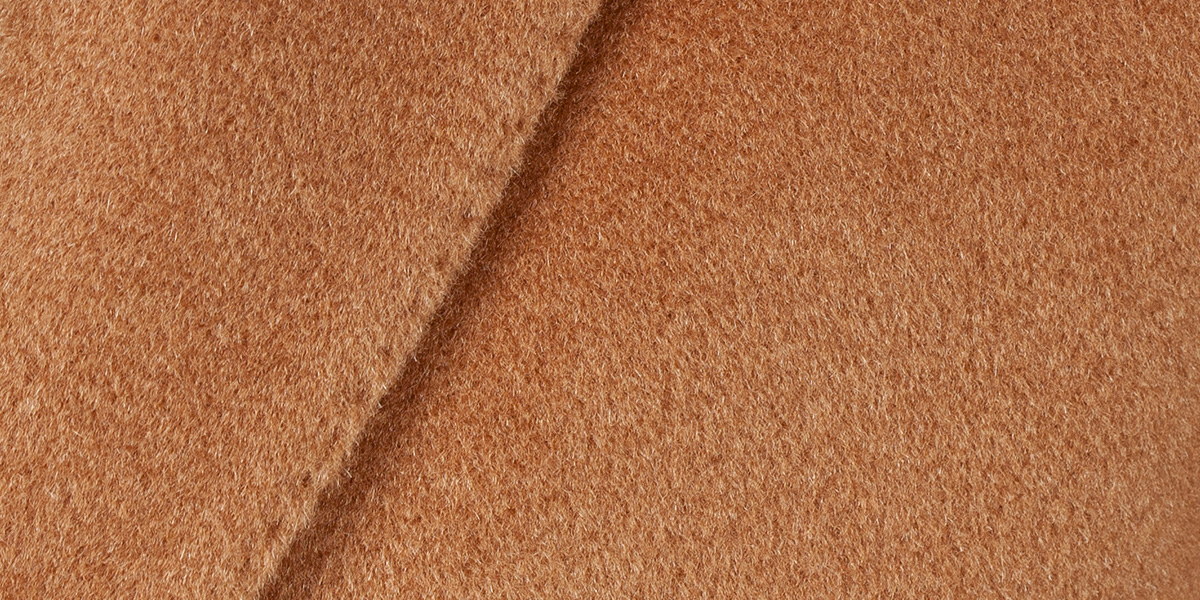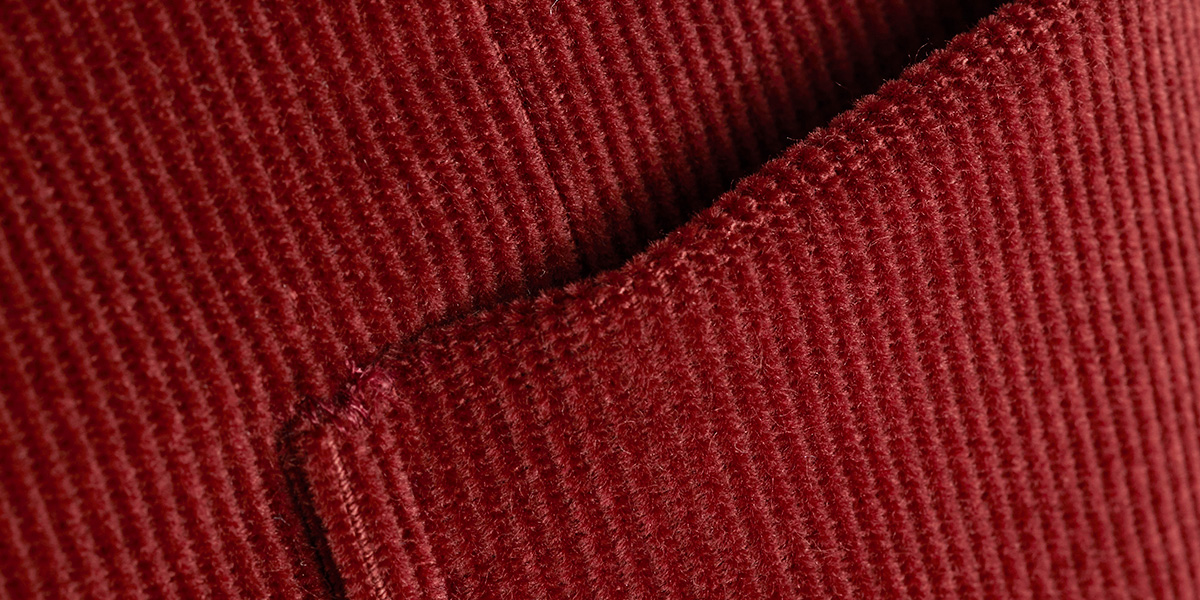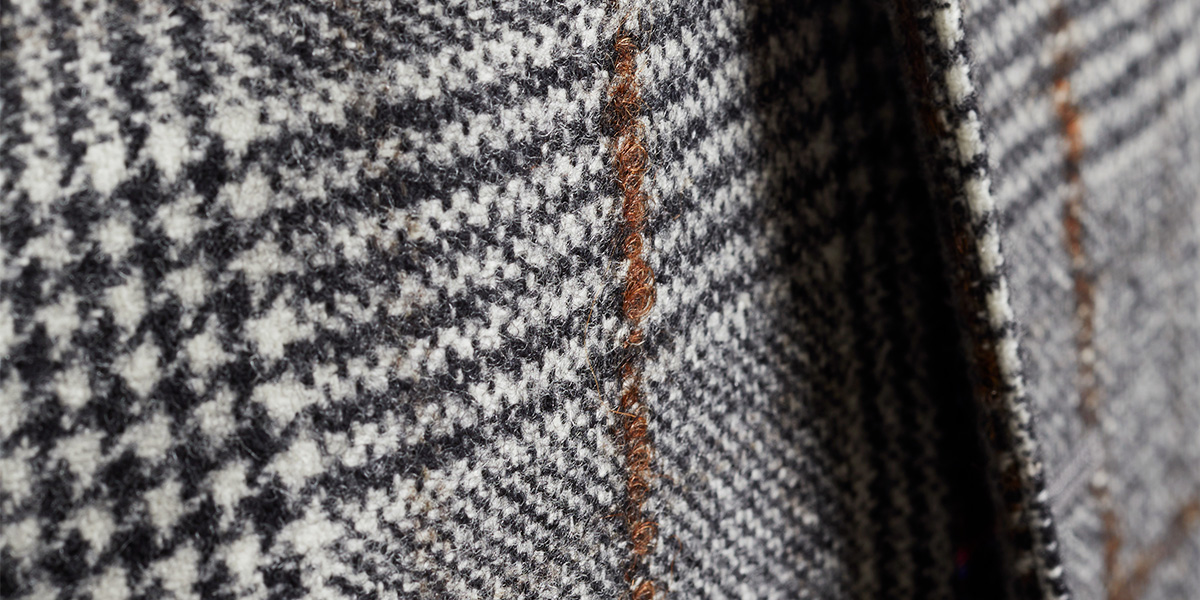It is the time to lock up those linen and seersucker fabrics and think about more cold season appropriate textures. The fabric of the suits you choose for the coming months will make all the difference when the temperature starts to drop and you’re forced to bear the cold while still managing to look sharp. The construction of the fabric determines their ability to keep you warm during the colder months. Pure cashmere, wool, fine cotton – these are just some of the fibres that are the leaders of the autumn-winter collection. This season, it’s all about breathable, warmth and tactile allure.
Here is a brief guide on what to look for in a winter fabric so that you can keep on looking cool and staying warm all winter long.
Flannel

Flannel was always made of wool or cotton. This fabric has a distinctive appearance because it is brushed with fine metal brushes, which are run over the fabric to create a ‘nap’ – the raised fibres that give the material its softness and texture. The origin of the flannel word is uncertain but it has been traced back to Wales, where it was well known as early as the 16th century. The French term flanelle was used in the late 17th century, and the German Flanell was used in the early 18th century.
Flannel is the staple winter fabric for men’s clothing, it is also very comfortable, durable and drapes nicely. It is true that flannel is a historic fabric, but men across the globe still love it for its soft feel and melange of muted colours. Flannel does fit into a smart and composed modern gentleman’s wardrobe. If we dive into history for some inspiration, the great Gianni Agnelli was so much in love with flannel that he can be considered one of the best-known ambassadors of the fabric. He owned many flannel suits in various shades of grey and loved flannel neckties. And this trend in on a high point this coming cold season.
Here are some pros and cons of flannel fabric:
Pros
- Incredibly warm
- Very durable
- Resistant to creasing
Cons
- Needs to be dry cleaned
- Extremely wintery appearance
- In some very formal occasions, this could be a little bit too casual option
What to get in flannel
Flannel is one of those fabrics that look very good as a worn as a full suit version. You can get a custom-tailored blue or grey solid coloured suit in a 100% wool or wool cashmere blend (Blue Flannel Suit Fabric produced by Tallia di Delfino) for the office. If you want a classic checked flannel winter suit you can always go for the Blue Flannel Overcheck Suit or our Stone Flannel Prince of Wales Suit.
Casual flannel shirts are great for winter outings, keeping you stylish and warm. Considering that this piece is something casual, have fun to pick the pattern you like the most.
Cashmere

Cashmere wool is a fibre obtained from cashmere goats and other types of goat. The word cashmere is an old spelling of Kashmir, the geographical region in India. Superfine and even softer than Merino, cashmere is more delicate than other wools but is particularly useful when it comes to accessories and pullovers.
A pure cashmere suit is incredibly luxurious and keeps the wearer comfortable without the heavy fabric weight, but can come with a slight shine to it. This may not be what you’re after for the casual settings, but for parties or formal events, it can make a great statement. A cashmere and wool blend may be an even better option, as the cashmere provides warmth and softness while the wool gives the opacity, elasticity and body that a suit requires.
Here are some pros and cons of cashmere fabric:
Pros
- Cashmere special molecule structure can absorb the water vapour into a hollow structure, and cashmere can absorb more than 35% water vapour which can not feel moisture and can remove quickly, so it can keep warm and dry when cold but cool when hot.
- Lightweight
Cons
- Need too extra care
- Pilling when wearing cashmere pants
What to get in cashmere
If you are looking for something extremely formal that respects corporate etiquettes, a blue or anthracite single-breasted suit in cashmere and wool will definitely be the best option. A jacket in pure cashmere or wool cashmere blend will pair with your custom chinos all winter long. To add a little variation of colours in your winter wardrobe go for a Brown Flannel Suit in wool cashmere blend or a Grey Houndstooth Cashmere Suit.
Corduroy

The ’70s favourite is making a welcomed, fashionable come back. Corduroy is a cotton fabric that is twisted into thick ribs that are both hard wearing and soft. One of the best things about this iconic cloth is the fact that it gets better with age.
Corduroy is precisely a variant of the classic velvet fabric, which can be obtained through various specific procedures such as weaving, brushing, waxing or calendering. Because it’s warm and very flexible, corduroy is mostly used for trousers, but designers have realised that it can be used for other pieces as well, such as a full suit and jackets. It goes without saying that corduroy is a great fabric for this winter. For stunning aesthetic combinations, corduroy jacket or trousers can be worn with denim or wool, as it is a versatile fabric to be worn in casual outfits.
Here are some pros and cons of corduroy fabric:
Pros
- Corduroy comes in different weights, so you have a lot of choices
- It is very warm and durable
Cons
- It is thick and heavy fabric, so the thicker version is for trousers only
- Easily overdone if not careful, while getting an outfit of full corduroy fabric
What to get in corduroy
If you want to get a look contemporary look, wear one corduroy piece at a time like custom made trousers in blue, olive green or in any shade of brown. For a classic timeless ensemble get a full corduroy suit, in thin cord fabric versions like the Blue Corduroy Suit or our Brick Red Corduroy Suit.
Tweed

The original name of the cloth was tweel, Scots for twill, as the material was woven in a twilled rather than a plain pattern. It got its name by chance. Around 1831, a London merchant received a letter about some “tweels”. The merchant misinterpreted the handwriting, understanding it to be a trade-name taken from the river Tweed that flows through the Scottish Borders of the textile area. The goods were subsequently advertised as Tweed and the name got stuck and has remained with the fabric since.
Tweed is a very strong, rough, tight-knit, yet flexible and stylish fabric. It has been used for winter clothes for over a century, especially for suit jackets, waistcoats and even trousers. Tweed has been associated with the upper class of British society for decades during the Edwardian era, but, even with the democratisation of fashion and clothes, it has still kept its place as one of the best and top-rated materials to be worn during the cold season.
Tweed fabrics are available in a wide range of colours and designs (such as Harris Tweed, Donegal tweed and Silk tweed), no winter wardrobe should be considered complete without some tweed in it.
Here are some pros and cons of tweed fabric:
Pros
- Absorbs and releases moisture quickly, thus allowing the fabric to breathe
- Dirt-resistant, flame resistant, and, in many weaves, resists wear and tear
- Acts as an insulator so it is very warm
- Does not need to be washed often
Cons
- Fibres cling together tightly when wool is improperly washed, causing the garment to shrink
- Needs proper dry cleaning
- It is not a versatile option, it’s just casual
What to get in Tweed
The ultimate winter jacketing has to be in tweed fabric. An overcoat for the colder months in a dark colour would be a great addition to the winter wardrobe.

